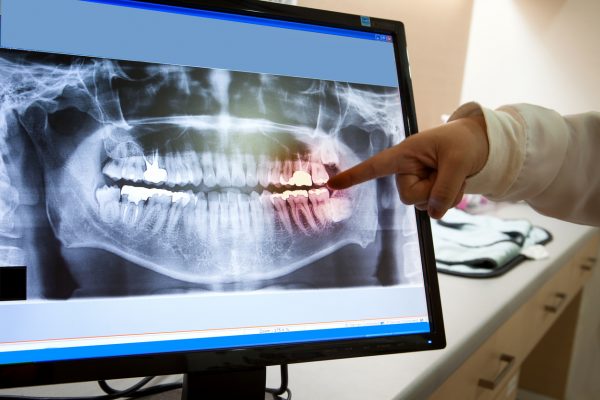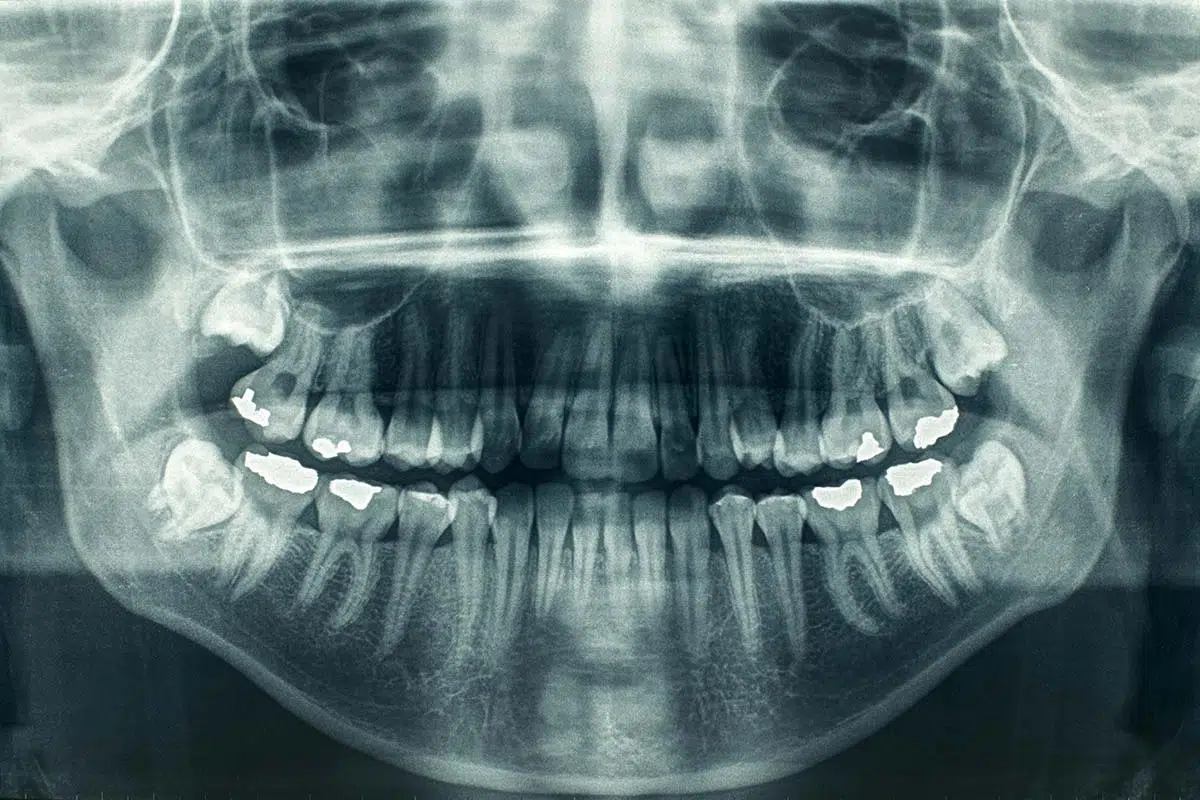The dental X-ray is an essential tool available to the modern dentist! It offers a fully comprehensive look at oral health, allowing deep analysis of teeth, gums, and jaw. Initially, dentists used to rely on purely visual examination to identify areas of concern. While this method still works wonders for common dental ailments, an X-ray might be necessary to reveal more hidden details.
The cosmetic dentist in Scottsdale that residents trust has always been a major proponent of dental X-rays. Here, advanced imaging techniques help detect potential oral health issues early, enabling prompt and effective treatment. This includes the following concerns…
Abscesses or Cysts
An abscess is a pocket of pus caused by bacterial infection, often resulting from untreated tooth decay, gum disease, or trauma. If left untreated, abscesses can lead to severe pain, swelling, and even the spread of infection to other parts of the body. Similarly, cysts, which are fluid-filled sacs, can form in the jaw or around teeth, potentially causing damage to surrounding bone and tissues.
Bone Loss
Bone loss is a significant concern for those suffering from gum disease or other dental conditions. Periodontal disease, in particular, can lead to the destruction of the bone that supports the teeth, ultimately resulting in tooth loss if not addressed. While early stages of bone loss may not present visible symptoms, dental X-rays can capture the extent of the damage.

Cancerous and Non-Cancerous Tumors
Another critical condition that dental X-rays can reveal is the presence of tumors, whether cancerous or non-cancerous. Oral cancer can develop in the tissues of the mouth, throat, or tongue, and while some tumors may be visible upon examination, others may be hidden within the bone or deep tissues. Early detection of oral cancer significantly improves treatment outcomes.
Decay Between the Teeth
Tooth decay is one of the most common dental problems, but not all cavities are visible on the surface of the teeth. Decay between the teeth, known as interproximal decay, often goes unnoticed without the aid of X-rays. If left untreated, this decay can worsen, leading to more extensive damage, including infections, abscesses, and tooth loss.
Developmental Abnormalities
For younger patients, dental X-rays are essential in tracking the development of teeth and detecting abnormalities. Conditions like impacted teeth, extra teeth (supernumerary teeth), or missing teeth can all be spotted with X-rays. Early detection of developmental issues allows for timely intervention, potentially preventing more complex orthodontic problems down the road.
Poor Tooth and Root Positions
Poor tooth and root positions can lead to various complications, including crowding, misalignment, and bite issues. Dental X-rays provide a clear view of the tooth and root positions, offering dentists the information needed to plan treatments like braces, extractions, or other orthodontic interventions. Patients benefit from the insights provided by these X-rays, which ensure that their dental treatments are effective and tailored to their unique needs.
Problems Inside a Tooth or Below the Gum Line
Some dental issues, such as infections or damage inside a tooth or below the gum line, are invisible during a regular dental exam. For instance, a tooth that appears healthy on the outside may have internal decay or damage to the root. Similarly, gum disease can cause pockets to form below the gum line, trapping bacteria and causing infection.
As established, dental X-rays are a major diagnostic tool available to dentists. This allows for averting serious threats as ailments can be dealt with before they become significant concerns. All in all, dental X-rays are an amazing application of the Preventative Medicine philosophy in dentistry!
It’s time to take charge of your dental health, schedule an appointment with a local dental expert today!

